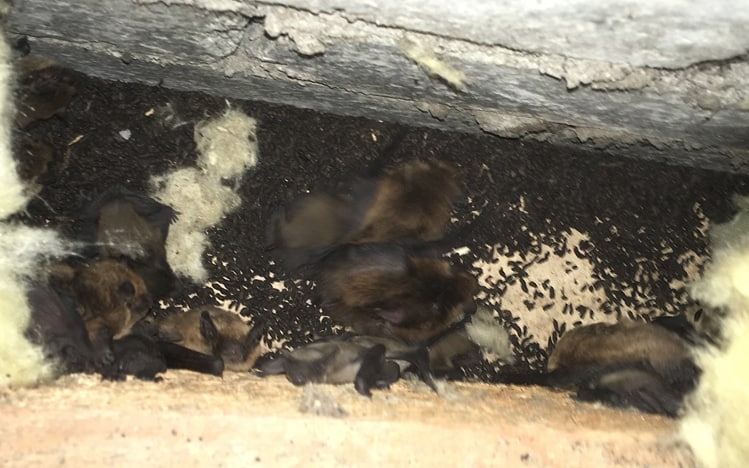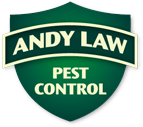
Bats In The Loft
Noises in the attic in Perth prompted a visit to a customer this week. They’d been hearing noises in the attic at night, right above the bedroom, and because they’d been woken up – again – they decided to investigate at 11pm. Crawling round the attic by torchlight they found mice staring back at them, panicked and got out of the attic as fast as they could; in fact, the message we got on our ‘Please call me back’ service was ‘Mice in loft eeeeeeewwwhhhh’!
There can be many causes of noises in the roof; we have found mice, grey squirrels, rats, birds, stoats, weasels, bats and even pine martens. We always do a thorough survey to find what is making the noises as it can be 2 or 3 different causes at the same time.
In this case we found a maternity roost of bats; you can see the bats in the picture. I suppose they would look like mice at a hurried glance; small and furry.
Bats don’t gnaw at things like mice and rats in attics though and they are not vermin; they are a protected species under The Wildlife & Countryside Act 1981 and it is an offence to interfere with them, the living place and their entry to it. Bats are good news too because they love eating midges.
Sometimes bat droppings are confused with mouse droppings as they are both small and dark, though they are very different otherwise. Bats have a dry, insect diet and their droppings are very crumbly so they disintegrate quickly if you rub them with your fingers. In contrast, mouse droppings are hard and cylindrical. You can see bat droppings in the picture; the droppings often accumulate like this in a maternity roost; piles of bat droppings can be hoovered up easily.
There are 18 types of bat in the UK. We have sent the picture to the Bat Conservation Trust for identification; we’ll let you know when we hear back from them.
Newsflash: the bats in the picture have been identified at the Common Pipistrelle (Pipistrellus pipistrellus). They weigh 3 to 5g and can eat up to 300 midges a night. Their reliance on buildings for roosting makes them vulnerable to building renovations, exclusion and toxic remedial timber treatment chemicals; you should always check for the presence of bats before works like these take place.
